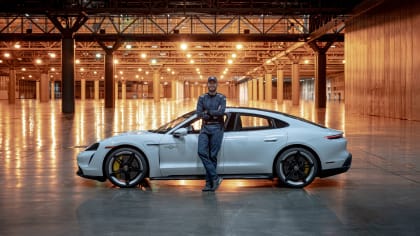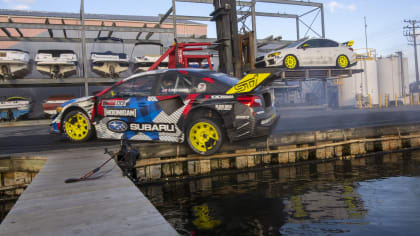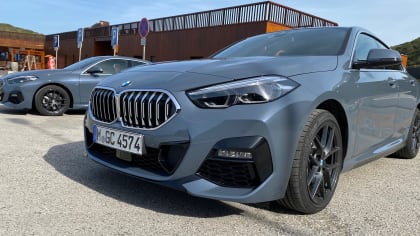BMW M - 50 Years Of The Ultimate Driving Machines

A book review turns into a deeper dive in the world of performance models.
Don takes a look at the book "BMW M - 50 Years Of The Ultimate Driving Machines" and loves it, digging much deeper into the performance models on sale from many of the automotive manufacturers.
By Don Taylor
Fri, Dec 24, 2021 11:23 AM PST
BOOK REVIEW
Title: BMW M - 50 Years Of The Ultimate Driving Machines
Book Author: Tony Lewin
Hardcover, 224 pages , 9.75” X 12.0”
ISBN: 9780760368480
$50.00 US £35.00 UK
Images courtesy the book publisher except as stated otherwise.
I must admit, I love it when an auto manufacturer creates a performance variation of their product, especially when the treatment is applied to an otherwise pedestrian, affordable vehicle. The factory has upgraded the handling, increased the power, and produced a turnkey, reliable package with a factory warranty that should be fun to drive and worth something upon resale. And be able to emerge from the car wash in one piece!

In-House Automotive Performance Tuning
When VW announces the next-gen Golf GTI or R, or we get news of the latest Civic Si, or a Subaru WRX is spotted, you’ve got my attention. I am sure that is true for many of us, at least until we graduate high school, and move on to wanting something further up the food chain. And today we have more choices than ever.
The performance vehicle models mentioned above have an established history, have earned their stripes, and are narrowly specific, with a label applied only to that carline in the company’s portfolio.
Toyota's TRD Branding
Other manufacturers create a designation for performance models that can potentially cover everything they build. Look at Toyota’s TRD branding. You can buy a Camry TRD, Avalon TRD, Tacoma TRD, Tundra TRD, or a 4Runner TRD. TRD of course stands for Toyota Racing Development, which is a real group, whose engineers presumably take time between dynoing NASCAR engines for next Sunday’s race, to tweak a production Tacoma pickup truck’s shock valving and apply TRD stickers to that pick’em up’s flanks. Toyota’s sister division Lexus also draws on that LA-based resource behind the scenes for its F Performance models.
American Performance Models
Likewise, other makers have established designations for their performance models, applied across many cars and trucks, and for many years. Chevrolet pulls out the SS (Super Sport) badging on a fairly regular basis to this day; it was first applied to the Impala in 1961. Cadillac established its V Series branding in 2004 when Bob Lutz was at GM. Ford has used SVT for a while now, and Dodge has stuck with SRT since the early 2000’s.
Many other performance model names, however, quickly come and go, often subject to the whims of marketing and short-term sales results. On our shores, some “performance packages” have been little more than decal badging and wheels.
German Performance Models
However, the German companies tend to take this whole thing more seriously and have put a stake in the ground with their performance model lines. For them, brand equity and identity has to be built over the long term, with measurable performance improvements, and names that cover all such model variations. For example, take “AMG”. When attached to a Mercedes, large or small, coupe, sedan, wagon, crossover, or SUV, it denotes something special, something authentic, designed by a dedicated group of engineers at work back there in the Black Forest. In similar fashion, not far from them, Audi Sport GmbH’s team is developing R and RS models, and like virtually every other of the world’s makers, testing them at the Nurburgring.
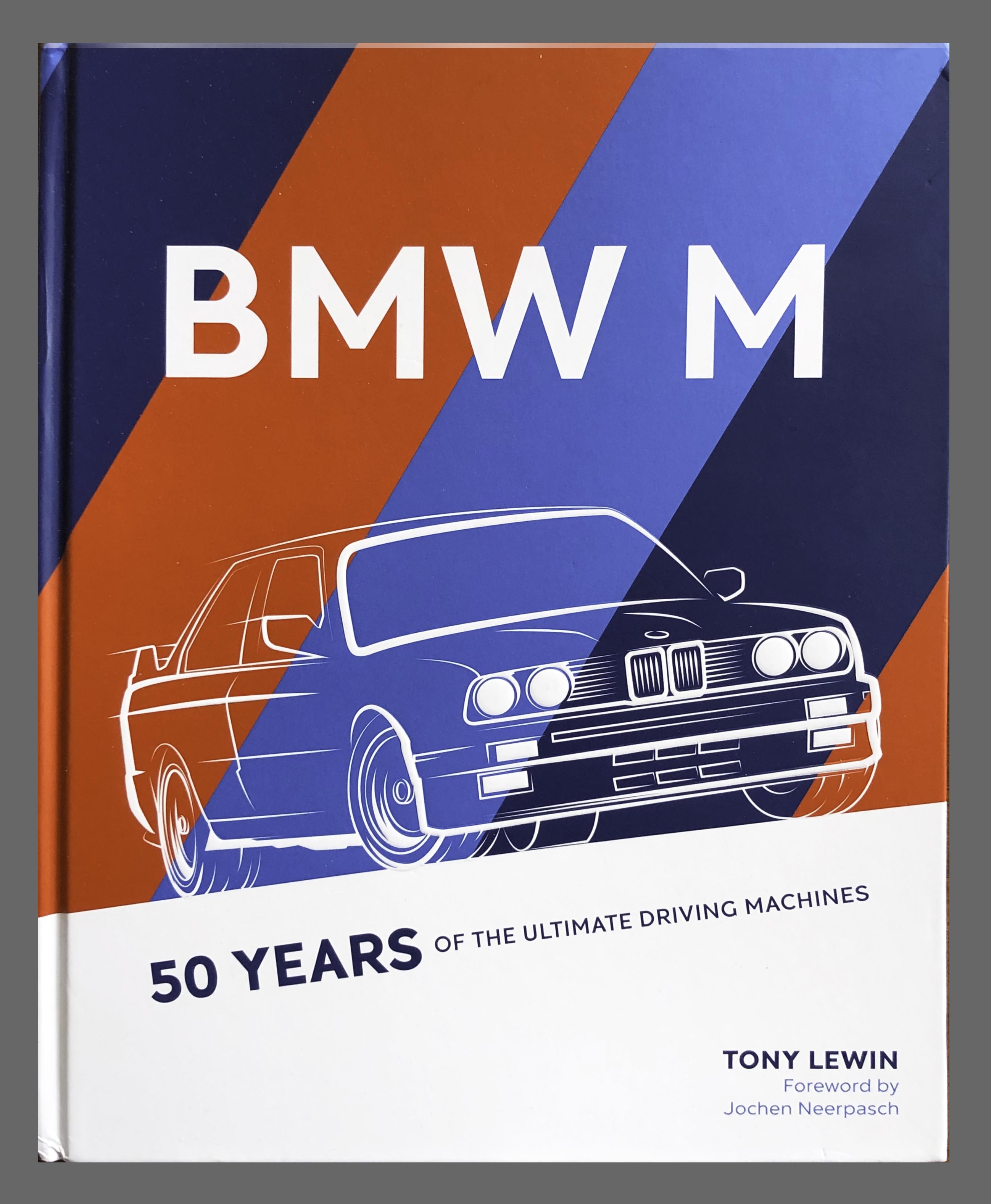
BMW M
The Book Of M
But the subject of this book, "BMW M: 50 years of the Ultimate Driving Machines", written by Tony Lewin, goes back further than factory-built AMG models, and Audi’s program. "M" is just one letter, but when mentioned in our circles, we immediately know what it references, and it commands respect. This book covers the history of these models, and the people behind them.
The Start Of Something Great.. Mmmmm.
Racing was on their mind when the humble BMW 1600 was transformed into the 2002Tii and balloon-fendered 2002 Turbo in the pre-M days. In a bold management move, Bob Lutz was recruited from GM’s Opel, and he in turn urged the hiring of Jochen Neerpasch, Ford of Europe’s racing manager, "… with the express intention of allowing BMW to exploit its racing activities as a marketing tool". The group was initially called BMW Motorsport GmbH, and it began with 35 employees in 1972.
The M635CSi, or just M6 to us in the States, was the first official M model for the street, followed by an M5 model, and the original in a string of iconic M3 editions.

They also embarked on a long drawn-out development of the M1 sports car. "Today, the M1 is revered as one of the most precious crown jewels in BMW’s treasure cabinet…(but) most companies would have cancelled the program before it sunk deeper into the financial mire," says author Lewin. Read the book for the details.
Mercedes AMG vs BMW M
They learned early on that the M models could be priced much higher than the regular version; customers would pay for that magic. A practice we see continued to this day, to my dismay.
Internally the goal was that every new M model must exceed the last. This has mainly been measured in horsepower, which translated into acceleration and top speed claims. It turned into an arms race, primarily when their arch domestic competitor, Mercedes, woke up and wanted to look more youthful.
Mercedes worked with the independently established AMG group, and later acquired them along with their name and halo. It became an all out scramble for bigger displacements, and going from 4 cylinders in the M3, to a 6, then to a V-8, and then on to turbos. Comedian Tim Allen could have been their spokesperson at the time with his ever-applicable line: "More Power!".

What I Learned From The Book "BMW M"
However as the book goes thru the development of each new M model, we learn it has not always been easy. There were M models that just didn’t resonate so well with customers, like the early Z3-M Coupe and the M850 CSi. Customers apparently expected more for that premium pricing.
You also see BMW realize over the years that there is more to the "Ultimate Driving Machine" experience than just horsepower and acceleration. What about that agility, and joy of driving factor, established at the beginning? Leaving everything else alone, through the years the growing safety and emission regulations would load on a weight penalty. Plus adding the natural progression of each generation of car model to grow dimensionally, meant that the M3, M’s poster child, had become middle aged. It gained some pounds around the middle, and its wide-eyed side windows became more squinty.
At one point, although wanting to continue with the youthful, free-revving nature of a naturally aspirated engine, loved by their customers, to better cope with emissions and fuel economy goals the M Group engineers surrendered into going turbo in 2010. Plus, you couldn’t really say the M versions of BMW’s SUVs were proven in racetrack competition. Times were changing.
The book documents over the decades how the M series machines become good all-arounders. Which means the joy of driving was redefined to include more luxury and comfort.
Book Review Summary - BMW M
Cutting to the chase, the book brings us right up to today, asking how BMW M can respond to the one-two punch of internal combustion engines being given their walking papers, and turning over the joy of driving to the car’s autonomous driving electronics. What becomes of "M" models then? Thankfully, in the last couple of chapters we’re assured that that reality is not lost within the M group, and tells how the plucky organization plans to still be in the game.
Reading BMW M gave me exactly what was promised, "The Full Story of BMW’s Famed Motorsports Division". The challenges faced. The decisions made. The times when things did not work out as planned. The company’s commitment to the group, and to the continuity of producing highly desirable M vehicles within an ever-evolving definition of what makes an M model that Ultimate Driving Machine.
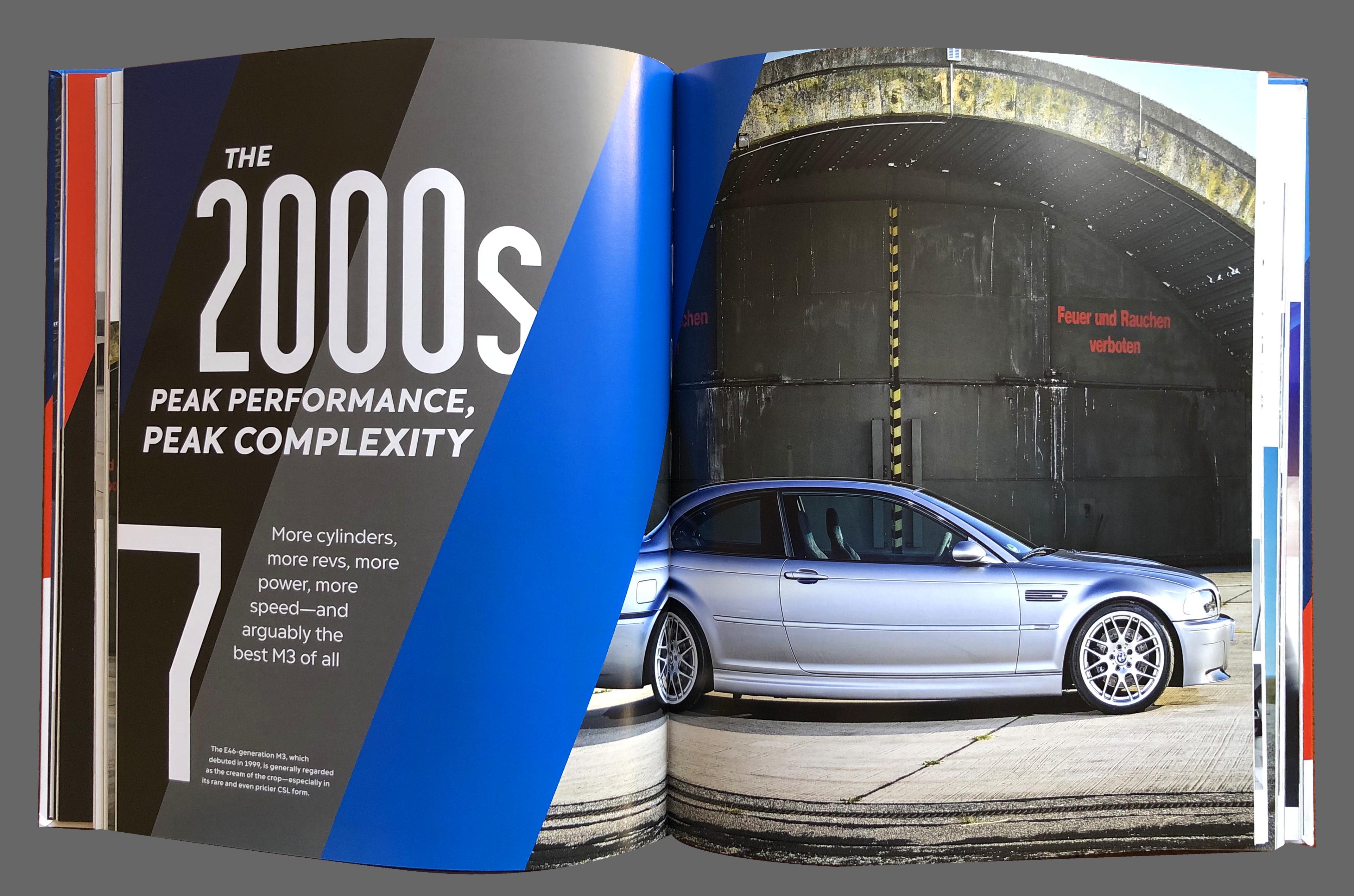
Late News
Just after this book went to press the new BMW XM concept vehicle was introduced, and it’s headed for production. Oh, and it’s a hybrid SUV, with an interior described as having sporty driving elements in the front with a luxury lounge retreat in the rear. It will be only the second stand-alone M model, after the M1. This should be interesting…
Also, note: To really experience the passion of BMW owners, and to see old and new M cars in person, check out Bimmerfest.com and their Bimmerfest West event. Postponed from 2021, it now seems to be scheduled for May 28, 29, 2022 at the Auto Club Speedway in Fontana.
About The Author

Don Taylor formerly ran the NASCAR program for General Motors, worked as a car stylist at the Ford Motor Company, and as a National Tech Director for the NHRA. He currently serves as Director of the Stand 21 Safety Foundation, and for the UK’s Motorsport Industry Association. Taylor also writes articles for the UK’s Racecar Engineering magazine. Don currently lives in Boston, but makes frequent trips to Charlotte and to the West Coast, still owning a home in Pasadena.

